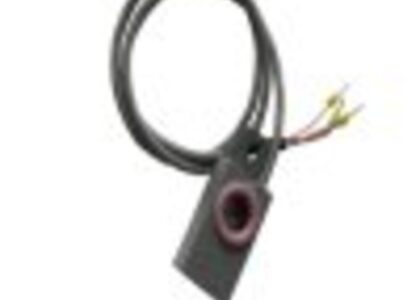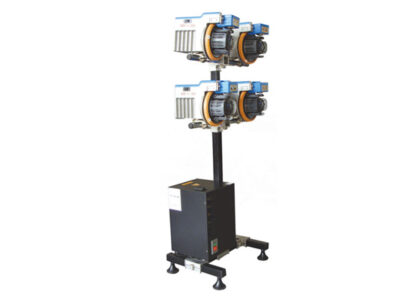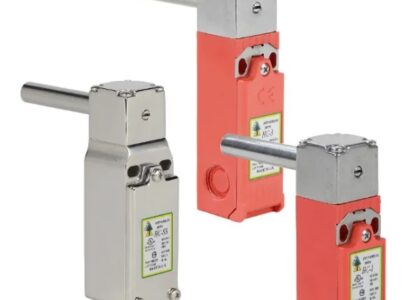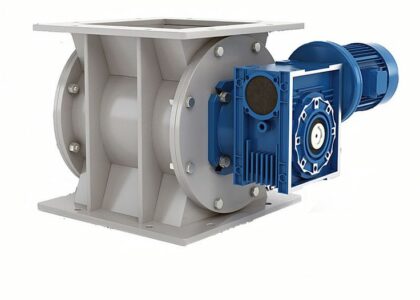The sheep creep feeder market caters to a niche but essential segment of the agricultural industry. These specialized feeders allow lambs to access nutritious feed supplements separately from adult ewes, promoting faster lamb growth and improved overall flock health. As the global demand for lamb meat rises, the sheep creep feeder market is poised for exciting growth. Let’s explore the key factors driving this market, uncover opportunities for manufacturers, and investigate its promising future trends.
Growth Factors:
Several key drivers are propelling the sheep creep feeder market forward:
- Rising Demand for Lamb Meat: The global demand for lamb meat is steadily increasing, fueled by factors like growing populations, urbanization, and increasing disposable incomes. This necessitates efficient lamb production practices, making sheep creep feeders a valuable tool for farmers.
- Improved Lamb Growth Rates: Creep feeders allow lambs to access nutrient-rich feed concentrates separate from ewes, who prioritize roughage in their diet. This targeted feeding leads to faster lamb growth rates, translating to higher profits for farmers.
- Focus on Animal Welfare: Modern sheep farming practices emphasize animal welfare. Creep feeders promote better feed utilization, reduce competition between lambs and ewes, and contribute to a healthier flock overall.
- Government Initiatives: Some governments might offer subsidies or tax breaks to encourage farmers to adopt practices that improve animal welfare and production efficiency, potentially including the use of sheep creep feeders.
Get Exclusive Sample Copy of the Report: https://www.futuremarketinsights.com/reports/sample/rep-gb-16422
Opportunities for Manufacturers:
This growing demand presents exciting opportunities for manufacturers in the sheep creep feeder market:
- Product Innovation: Developing next-generation creep feeders with features like automated feed dispensing, adjustable height settings for growing lambs, and integrated waste reduction mechanisms can give manufacturers a competitive edge.
- Focus on Durability and Ease of Use: Sheep creep feeders need to withstand harsh weather conditions and be easy for farmers to clean and maintain. Manufacturers can utilize high-quality, weather-resistant materials and design user-friendly feeders.
- Offering a Range of Feeder Options: Catering to diverse farm sizes and budgets by offering various feeder sizes, materials (plastic, metal), and functionalities can expand market reach.
- Emphasis on After-Sales Support: Providing readily available spare parts, efficient repair services, and educational resources on the benefits of creep feeding can strengthen customer relationships and brand loyalty.
Future Trends:
The sheep creep feeder market is poised for further growth, driven by several emerging trends:
- Integration with Smart Technologies: The future might see creep feeders equipped with sensors for monitoring feed levels and lamb feeding behavior, allowing for data-driven management of lamb nutrition.
- Focus on Sustainability: Developments in eco-friendly materials for feeder construction and features like solar-powered feed dispensing systems can cater to the growing focus on sustainable farming practices.
- Rise of Organic Lamb Production: The increasing popularity of organic lamb production might lead to a demand for creep feeders made from non-toxic materials and suitable for use with organic feedstuffs.
- Regional Market Expansion: Growth is expected in emerging markets with expanding sheep farming sectors, particularly in Asia and South America. Manufacturers can tailor product offerings to meet regional needs and regulations.
Read more info: https://www.futuremarketinsights.com/reports/sheep-creep-feeder-market





